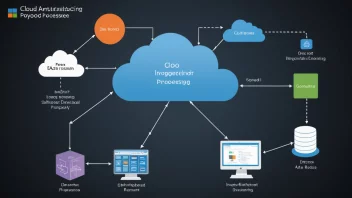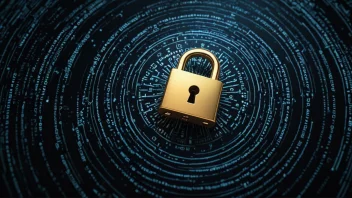In the age of technology, environmental cyber crimes are emerging as a significant threat to our natural resources and ecosystems. Digital forensics plays a crucial role in combating these cyber crimes by providing the necessary tools and methodologies to investigate and mitigate their impact.
Digital forensics is the science of recovering and investigating material found in digital devices, and it is increasingly being applied in various contexts, including environmental crimes. These cyber crimes can range from illegal dumping of hazardous waste, cyber attacks on environmental control systems, to unauthorized access to sensitive environmental data.
Firstly, it is essential to understand that environmental cyber crimes can have severe consequences, not just for public health but also for biodiversity and ecosystem integrity. Cybercriminals may manipulate data related to pollution levels, wildlife protections, or climate change initiatives, leading to misguided policies and harm to the environment.
Digital forensics provides a structured approach to investigate these crimes. The process begins with the identification of potential digital evidence, which can include logs from environmental monitoring systems, emails discussing illegal activities, and even social media postings. Gathering this evidence requires a careful and methodical approach to ensure its integrity and admissibility in court.
Once evidence is collected, forensic analysts utilize various tools to analyze the data. This may involve recovering deleted files, analyzing metadata to determine the origin of documents, or tracking digital footprints left by the perpetrators. For instance, in a case where a company was illegally dumping waste, digital forensics helped uncover email chains that detailed the cover-up of their activities.
Furthermore, collaboration between environmental agencies and law enforcement is vital. By sharing information and resources, these entities can better coordinate their investigations and improve the overall effectiveness of their efforts. In some cases, this has led to successful prosecutions of individuals and companies involved in environmental cyber crimes.
Another important aspect of digital forensics in this context is the development of preventive measures. By understanding how these crimes occur and the methods used by cybercriminals, organizations can implement better security protocols and monitoring systems to protect against future attacks. This proactive approach is essential in safeguarding environmental data and ensuring compliance with regulations.
In conclusion, digital forensics serves as a powerful ally in the fight against environmental cyber crimes. By employing rigorous investigative techniques, collaborating across sectors, and establishing preventive measures, we can better protect our environment from the threats posed by digital criminal activities. As technology continues to evolve, so too must our strategies for preserving the integrity of our natural resources.






